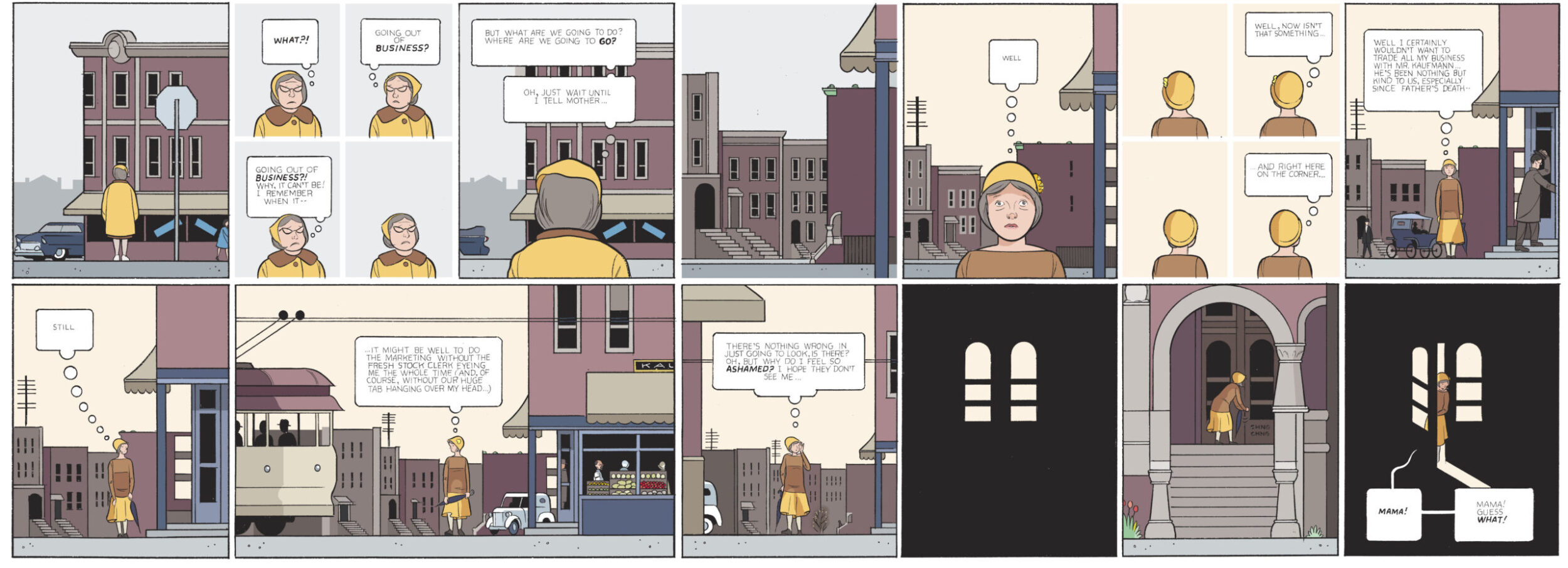Deductive -> Inductive Writing
I got a couple inquiries asking about how to structure the inductive essay. Here’s a walkthrough of revising a deductive 5-paragraph essay into an inductive 3-part essay. Hopefully this helps!
A number of years ago, I assigned students at a class three hard-boiled detective short stories and assigned them to write a comparative essay in response. Below is a real essay a student wrote in response, which has some good observation in it but the five paragraph structure of the essay seriously undermines the author’s ability to make any kind of argument.
Detective comparisons essayHere’s a reverse outline of that essay:
- Introduction
- Description
- Ways of describing Los Angeles
- Ways of describing women
- Ways of describing areas where they are (like specific rooms)
- Mood
- Attitudes toward women
- Conclusion
We know that in the five paragraph essay the introduction and conclusion are redundant and don’t really do anything to move the argument of the essay forward — they are just introducing the topic and repeating that introduction, so you can get rid of those. Then looking at what remains, you might notice that you could easily rearrange these into two topics: ways of describing women and attitudes toward women seem to naturally go together, leaving descriptions of L.A., descriptions of specific locations, and mood (which seems to naturally fit with description of place) together. Let’s lay those out as a thesis and antithesis:
Description
All three detective stories include a lot of description of settings, which sets a particular mood. The detectives are all on the lookout for clues and, even more importantly, they are also very aware of danger in their surroundings. The overwhelming amount of description in these stories helps the readers to be aware of just how observant the detectives are — these are heroic observers who are always on the alert and always in control of their surroundings.
Attitudes toward women
The women in these stories are “damsels in distress,” but they are also seductive, “sneaky,” and manipulative. The detectives cannot say no to these women, so they throw themselves into danger to protect them.
What you’ve got now are a thesis and an antithesis: in all three stories, the detectives are always in control and always on the lookout for danger … until a pretty woman in distress asks for help and then they all turn into blithering idiots who will do whatever they are told without concern for the danger. There are numerous syntheses that one might draw from these two ideas: perhaps you argue that these stories are misogynistic because they show women using sexuality to manipulate and deceive the heroes or you might argue that in these hard-boiled detective stories, that seem to be part of a very male-dominated genre that is all about the heroic exploits of the male protagonists, it’s actually the women who have the most agency and are most responsible for driving forward the plots of the stories.
The first sentence of the essay, which is the introductory sentence of the essay and establishes what texts you are analyzing and also serves as the topic sentence for part one of the essay might be something like: “In The Big Sleep by Raymond Chandler, “Murder is My Business” by Lynette Prucha, and Devil in a Blue Dress by Walter Mosley the narrator provides lots of detailed description throughout the narratives, in order to show that the protagonists, who are all hard-boiled detectives, are very aware of and in control of their surroundings at all times.” The rest of that section would then follow with evidence to expand upon and support that claim.
The first sentence of the second part of the essay, the topic sentence for part two, might be something like this: “However, in all three of these stories the protagonists who had seemed to be so in control of their situations, suddenly become easily manipulated into putting themselves at risk when they come into contact with a ‘damsel in distress.'” The rest of that section would then follow with evidence to expand upon and support that claim.
The first sentence of the final paragraph of the essay, which is the thesis statement for the entire essay, might be something like this: “This contradiction, where the protagonists appear to be alert and in control until a seductive woman asks them for help, shows that in these hard-boiled detective stories, that seem to be part of a very male-dominated genre that is all about the heroic exploits of the male protagonists, it’s actually the women who have the most agency and are most responsible for driving forward the plots of the stories.” The rest of this paragraph would expand on and support that claim.

